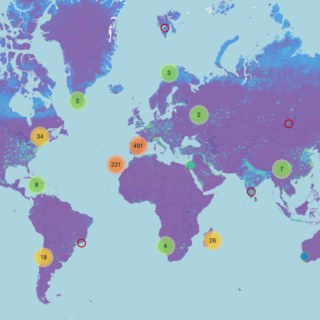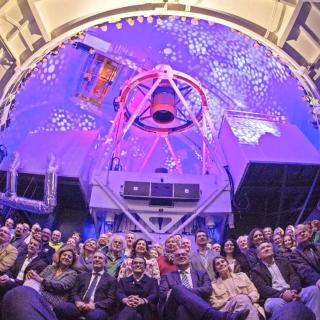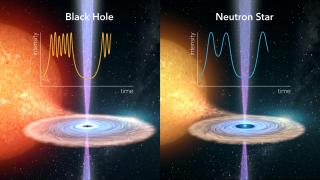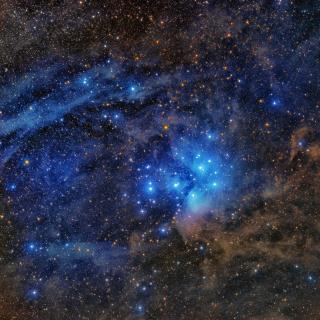
The first Canary Earth Observation Satellite, belonging to the Instituto de Astrofísica de Canarias (IAC), has successfully passed all the pre-launch technical tests, and is on the way to the United States for launch from California before the end of the year. ALISIO-1 ( Advanced Land-Imaging Satellite for Infrared Observations) is the first Canary satellite which will orbit the Earth, in the framework of the ALISIO space programme, led by the IAC and coordinated by the IACTEC-Space group. In 2018, the team gained its first success after the launch of an atmospheric sounding balloon with
Advertised on




